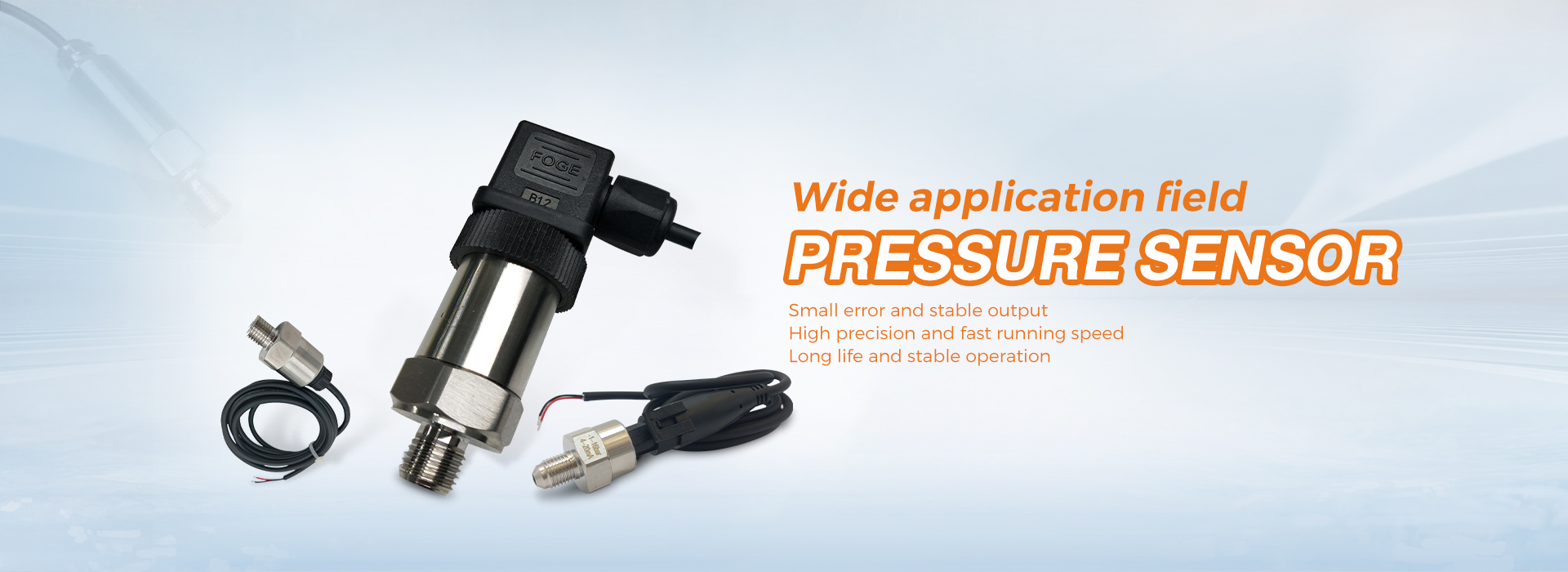The difference between variable frequency air conditioners and direct current variable frequency air conditioners.
In the scorching summer season, air conditioning has become a hot topic among people. Most of us are familiar with inverter air conditioners, but when it comes to the differences between DC and AC inverters, many consumers may still show puzzled expressions, not understanding what the differences are between these two types of inverter air conditioners. What exactly are the differences between DC and AC inverters, and how do they vary? Below is a collection of relevant knowledge, which I hope will help everyone in their future purchase of inverter air conditioners.
Differences between DC inverter air conditioners and AC inverter air conditioners:
● The working principle of frequency conversion air conditioning
Devices that convert the power frequency (50Hz or 60Hz) into various frequencies of alternating current, to achieve variable speed operation of motors. The control circuit manages the main circuit, the rectifier circuit converts alternating current to direct current, the DC intermediate circuit smooths and filters the output of the rectifier circuit, and the inverter circuit converts direct current back into alternating current. For frequency converters like vector control inverters, which require a lot of calculations, a CPU for torque computation and some corresponding circuits are sometimes needed. DC variable frequency: Brushless motors are commonly used in DC variable frequency air conditioning.
● Working principle of DC variable frequency air conditioning:
PWM (Pulse Width Modulation); PAM (Pulse Amplitude Modulation). Converting DC voltage into an effective value of any frequency is equivalent to a pulsed voltage signal of three-phase AC; its most common structural form is a three-phase bridge circuit composed of six semiconductor switching elements (high-power module).
● Conclusion:
The essential difference between DC frequency conversion and frequency conversion air conditioning lies in the different methods of current conversion and frequency of the compressor. Therefore, the power consumption in practical use is also different between DC frequency conversion and AC frequency conversion. However, the energy-saving effect of DC frequency conversion is relatively better. At the same time, in terms of temperature control accuracy and noise levels, DC frequency conversion air conditioners also have certain advantages.
With the improvement of variable frequency technology, DC variable frequency air conditioners are becoming increasingly popular. Therefore, selecting air conditioning brands with strong technical capabilities and rich experience is more reassuring. Panasonic, with 57 years of history in air conditioning production and a remarkable performance in the field of air conditioning compressors, has adopted advanced DC variable frequency technology (infinitely variable sine wave frequency technology) in its 2014 models such as the Yilan, Yixun, and Yineng air conditioners. Panasonic air conditioning products use the globally renowned Panasonic compressor, which significantly enhances the performance of the air conditioning products. This not only improves the startup speed, allowing for rapid heating and cooling, but also enables precise control of the operating speed from low-speed operation to powerful high-speed operation over a wide range, making low noise and low vibration possible, while extending the motor’s lifespan.
Post time: Sep-26-2025



